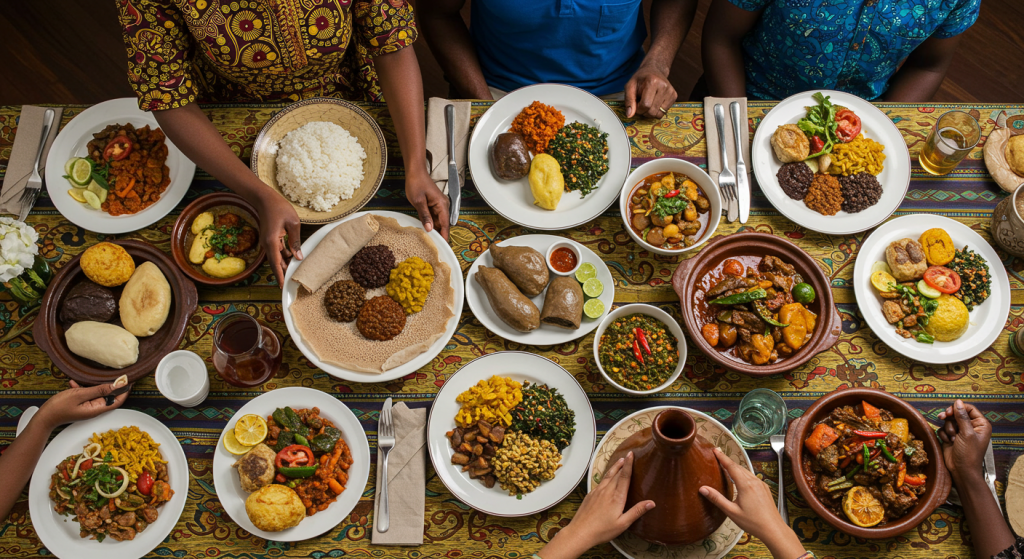
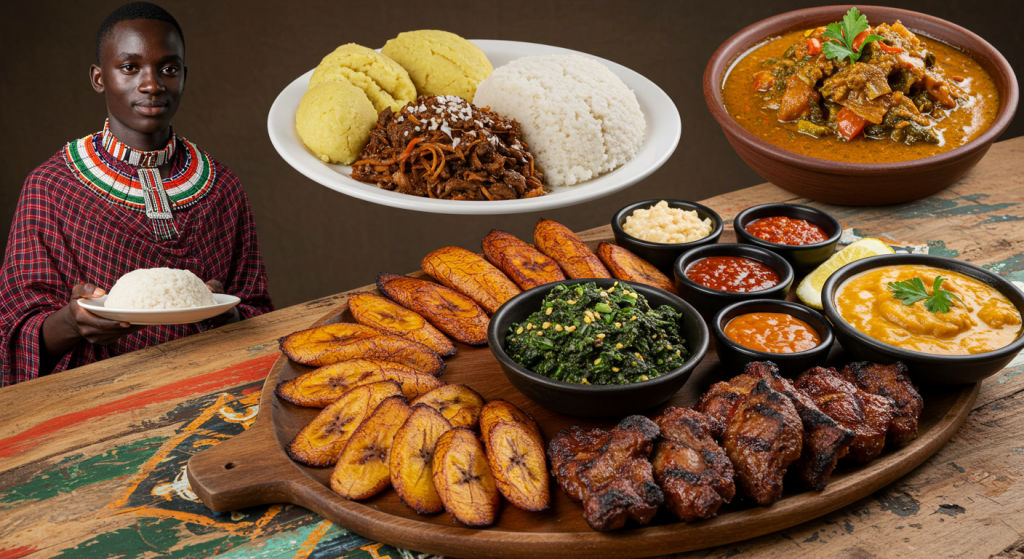
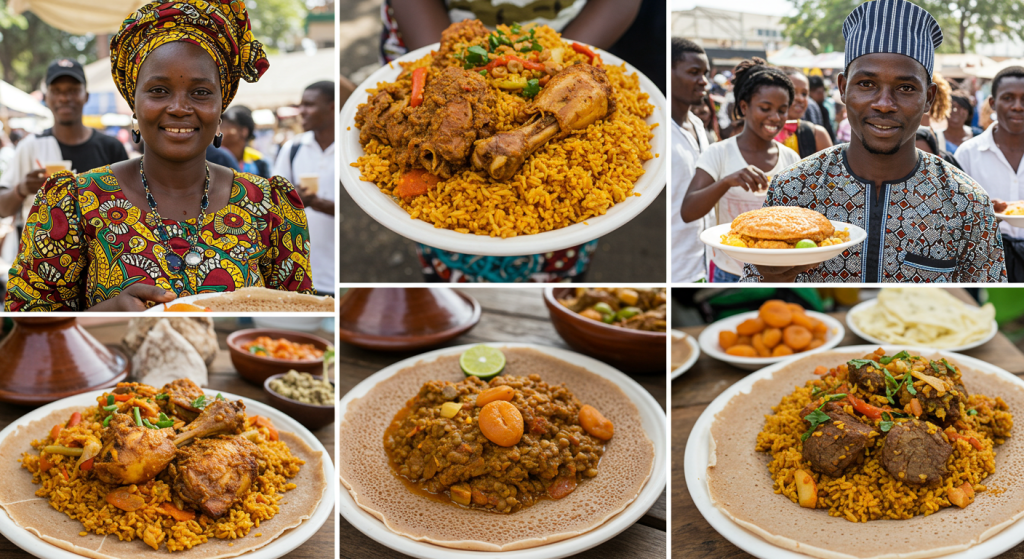
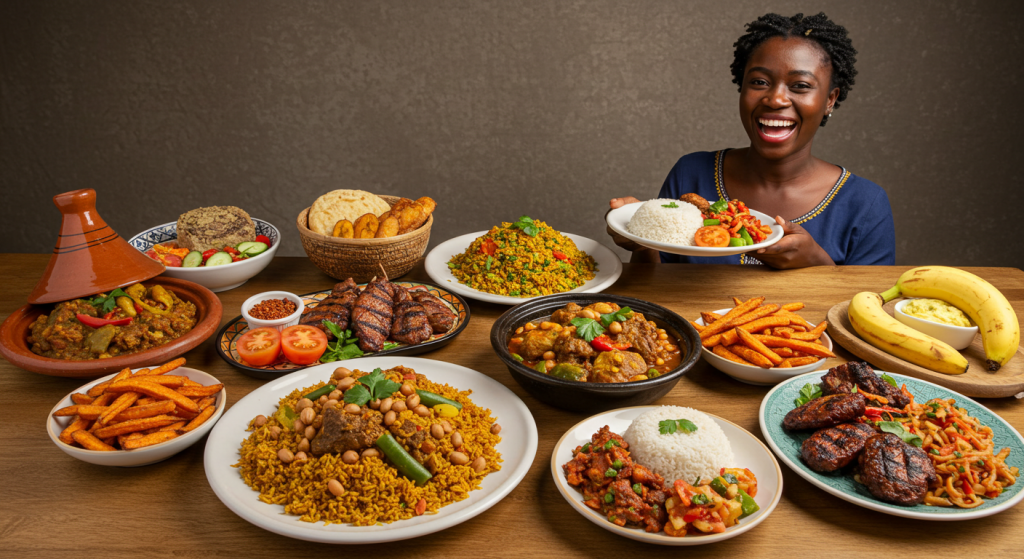
Africa, a continent rich in culture and diversity, boasts a culinary landscape that is as varied as its people. Each region presents its unique flavors, ingredients, and cooking methods, making African cuisine not only delicious but also a reflection of its history and traditions. Exploring African food provides a wonderful opportunity to appreciate the continent’s heritage and the vibrant life it celebrates.
Ingredients that Tell a Story
At the heart of African cooking lies a plethora of indigenous ingredients, many of which have been cultivated and savored for generations. Staples like maize, cassava, yams, and rice serve as the foundation of countless dishes, while legumes such as lentils, black-eyed peas, and beans add protein and nutritional value. In addition, fruits like mangoes, bananas, and baobab provide sweetness and a burst of flavor.
The continent’s diverse climate allows for an array of spices and herbs, enhancing the taste of meals. From the fiery piri-piri used in Southern Africa to the aromatic berbere blend in Ethiopia, African spices contribute depth and complexity to various dishes. Each spice has its story, often passed down through families and communities.
Regional Delicacies
Exploring African cuisine means engaging with its regional distinctions. In West Africa, jollof rice, a party staple, reigns supreme and varies from country to country. Whether you prefer the Nigerian or Ghanaian version, this dish embodies the spirit of celebration and community.
East Africa is known for its diverse influences, particularly in dishes such as ugali, a stiff porridge made from maize flour. Coupled with sukuma wiki (collard greens) and various stews, ugali serves as a filling base for meals. Meanwhile, the spice-rich food of North Africa, particularly Moroccan cuisine, often features tagines, a slow-cooked stew of meat and vegetables, seasoned generously with spices like saffron and cumin, served with couscous—a beloved dish in many households.
In Southern Africa, the braai, or barbecue, is more than just a cooking method; it’s a cultural ritual. Dishes like boerewors (sausage) alongside chakalaka (spicy vegetable relish) exemplify the robust flavors of the region, often enjoyed around a communal fire.
The Role of Traditional Cooking Methods
Traditional cooking methods enhance the flavors and textures of African food. Methods such as steaming, grilling, and slow cooking are prevalent and often involve communal preparation, making meals a social event. The use of clay pots and cast iron skillets not only adds to the taste but also keeps food warm for longer periods.
Certain dishes carry significant cultural importance, often reserved for celebrations, ceremonies, and communal gatherings. Exploring these foods provides insight into the customs and traditions that hold communities together.
Embracing African Food in Everyday Life
As African cuisine gains popularity worldwide, its influence begins to permeate international culinary scenes. Food lovers are now embracing the richness of African flavors, experimenting with fusion dishes and highlighting traditional recipes.
Whether you are a seasoned cook or just beginning to explore world cuisines, incorporating African ingredients and dishes into your cooking can open the door to a new realm of flavor and creativity. The beauty of African food lies not just in its taste but also in its ability to bring people together, pushing the boundaries of culinary exploration.
In culinary terms, Africa is a treasure trove waiting to be discovered. With every dish, there is a story, a connection to a culture, and a celebration of the continent’s rich history and vibrant present. So, gather your ingredients, invite friends over, and embark on a sensational journey through the rich tapestry of African cuisine!
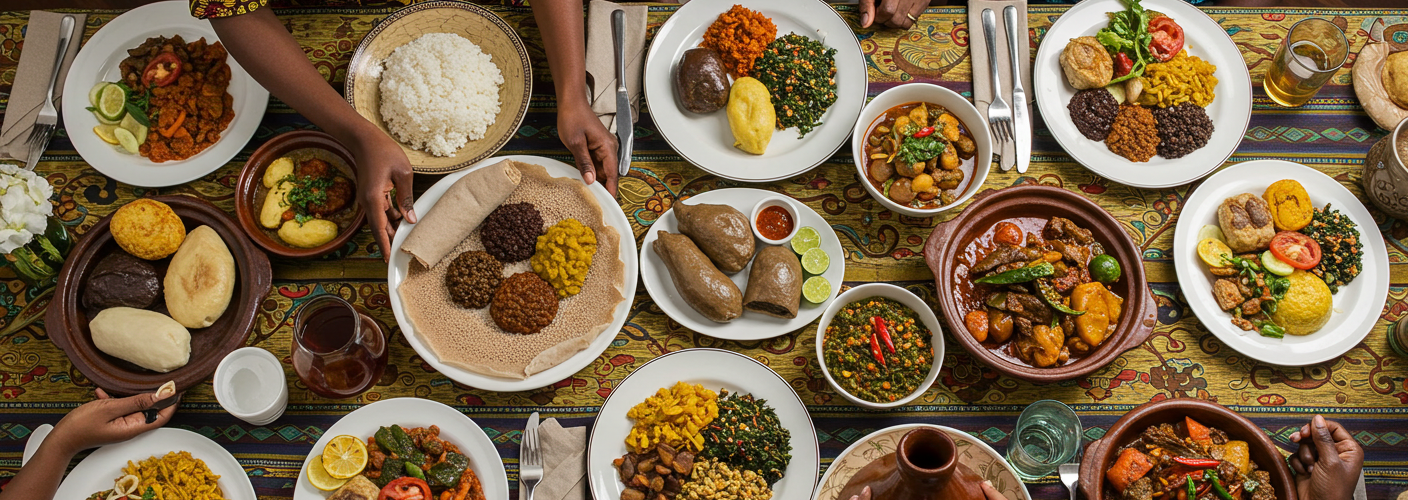



Add comment